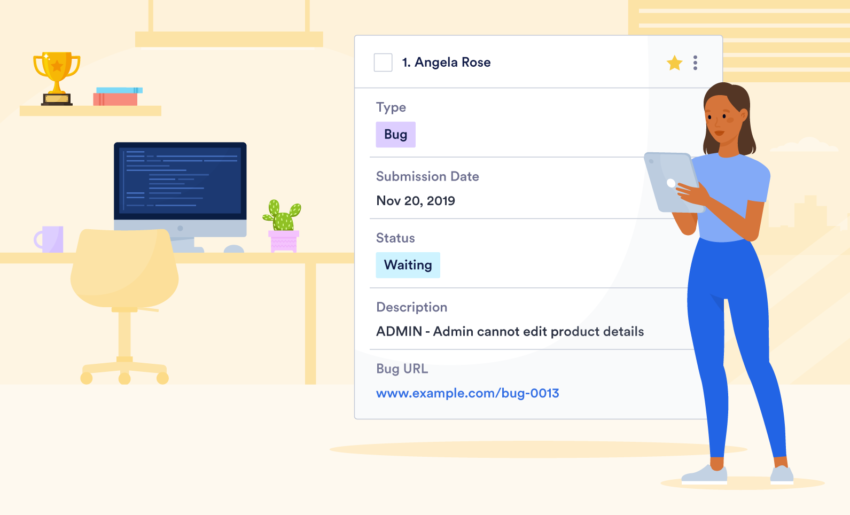
Technology is not perfect and there will be times when technology teams will face challenges. However, QA teams and developers are in a constant effort of preparing themselves for potential bugs and technical issues. This helps them in reducing the amount of time lost or damage is done when one pops up. One of the most simple ways to streamline the entire process for a QA team is to implement an effective defect tracking tool.
I have listed a few pro tips that may help you in effectively and efficiently making your way forward with tracking bugs and issues:
1. Plan and Document User-Testing Procedure Carefully
QA team needs to spend some time developing a well-documented user-testing process. Every single feature and test case should be tested in the proper sequence. This makes it much easier to identify, track and resolve bugs in a software application.
2. Focus on Communication
Communication is the key to success for employees working in different teams. Make sure you set up a process to communicate bugs clearly before you even begin tracking them. Include a description of the bug, mention the steps to replicate, its environment, the expected results, priority levels, screenshots, video recordings, or code snippets. Then the team should use a tool to keep an eye on how the bugs are progressing.
3. Record Screen-Share Videos
It is vital to document the tech bugs by recording a short screen-share video that showcases the exact issue a video is a better alternative to sending a long email and more effective to create. You can even use drawing tools within the video recording tools to highlight critical areas it allows the product team to identify the bug on their own.
4. Review Bugs in Daily Meetings
Another best way is to use any of the existing issue tracking tools. In order to make the process more effective, make sure you review the bugs in the daily meetings to go over the issues list. This can help in handling the defects efficiently.
5. Include Structured Data
Organizations use different agile tools for software development and testing projects. The key is structured data so that teams can have better visibility into their flow distribution and consistency. Make sure that it is simple to file an issue, and the tracker does not have a large number of custom fields to fill.
Follow the Same Standard for all Interfacing Systems
With the growing number of IoT devices from the web, mobile, social, APIs, and SDKs, tech teams often have to interact with several platforms and stakeholders reporting issues. Bug prioritization and resolution can be effective if all the systems and teams follow the same standard when reporting bugs, such as adequate details to recreate a certain bug, its severity, and much more.
Conclusion
While using issue tracking tools, QA teams should keep the above pro tips in mind so that they can manage the technical issues and software bugs in a more efficient manner.
Tech World Times (TWT), a global collective focusing on the latest tech news and trends in blockchain, Fintech, Development & Testing, AI and Startups. If you are looking for the guest post then contact at techworldtimes@gmail.com

